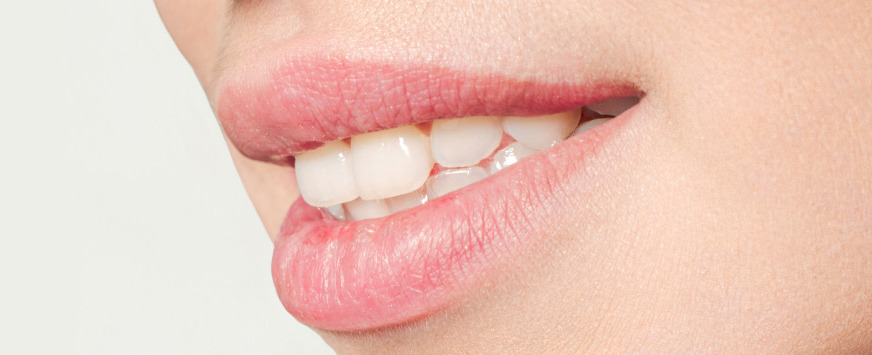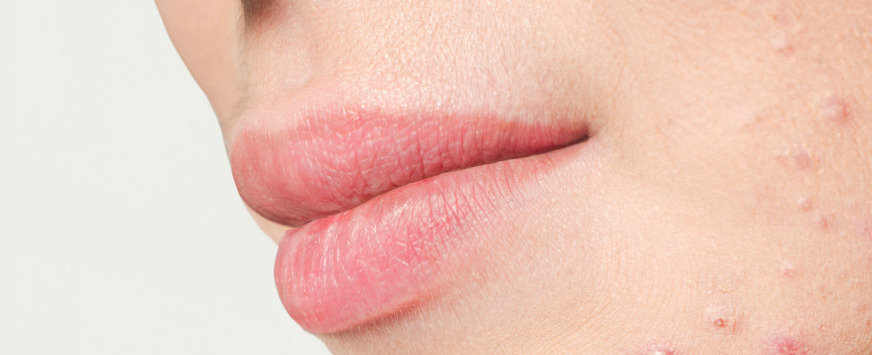Acne, especially during the formative years, can significantly affect a child’s self-esteem and emotional well-being.
While it commonly impacts teenagers, children as young as babies (known as baby acne or neonatal acne) can also be affected.
ACNE’s
Acne is a prevalent skin condition that affects millions, including many children and adolescents. It is characterized by the presence of pimples, blackheads, whiteheads, and in more severe cases, cysts or nodules on the skin. Acne usually appears on the face, but it can also show up on the chest, back, neck, and shoulders.
The primary cause of acne is the overproduction of sebum, an oily substance produced by the skin’s sebaceous glands. When sebum combines with dead skin cells and bacteria, it can clog hair follicles and lead to acne formation. Hormonal changes, especially during puberty, significantly influence acne, as they stimulate the sebaceous glands to produce more oil. However, even children before the onset of puberty can experience acne, often referred to as “pre-adolescent acne.”
TYPES
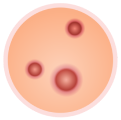
Papules
These are small, red, and raised bumps on the skin. They occur when the walls of the hair follicles become inflamed due to bacteria and other factors. Papules can be tender to the touch.
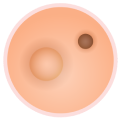
Nodules
Nodules are larger, solid, painful bumps beneath the skin’s surface. They develop deep within the skin and can be quite tender. Nodules often take longer to heal and may leave scars.

Pustules
Similar to papules, pustules are also inflamed and appear as small bumps on the skin. However, they contain pus, which gives them a white or yellowish ppearance at the center.
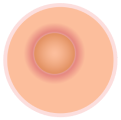
Cysts
Cysts are the most severe form of acne and are large, pus-filled, painful lesions that are deeply embedded in the skin. They can cause significant inflammation and may lead to scarring.
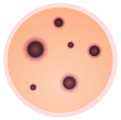
Comedones
These are non-inflammatory acne lesions and can be open (blackheads) or closed (whiteheads). Blackheads occur when the pore is open, and the trapped sebum and dead skin cells oxidize, giving them a dark appearance. Whiteheads, on the ther hand, form when the pore is closed, causing the trapped sebum and dead skin cells to remain beneath the skin’s surface.
Treatment
Topical medications
Gentle formulas, considering the sensitivity of children’s skin, with ingredients like benzoyl peroxide, salicylic acid, or sulfur are commonly used. In some cases, pediatric dermatologists might prescribe topical retinoids or antibiotics for older children and adolescents.
Combination therapy
Some children may benefit from a combination of topical and oral medications to effectively manage acne. This approach targets multiple causes of acne, such as bacteria, inflammation, and excessive oil production.
Oral medications
For more severe acne, pediatric dermatologists may prescribe oral medications.
| Antibiotics can help reduce inflammation and kill bacteria. This type of medications are given in a low dose in order to control only the inflammatory and deep cystic lesions associated with acne. | |
| Oral contraceptives or anti-androgen medications might be considered in specific cases, and for older female adolescents whenever a hormonal imbalance is suspected and needs to be regulated in order to clear acne. | |
| Isotretinoin (Accutane) in children is considered a medication that can cure acne and is administered to patients with severe uncontrollable acne that are showing signs of severe inflammatory lesions and formation of scars or when the use of multiple medications have not shown any control of the condition. It requires careful management by an experienced pediatric dermatologist. |
Procedures and therapies
Chemical peels
These exfoliate the skin and unclog pores, reducing acne breakouts. Microdermabrasion: This procedure uses a handheld device to gently remove the outer layer of dead skin cells, improving the appearance of acne scars and reducing the risk of clogged pores.
Microdermabrasion
This procedure uses a handheld device to gently remove the outer layer of dead skin cells, improving the appearance of acne scars and reducing the risk of clogged pores.
Light therapy
Certain types of light therapy, such as blue light or red light, can help kill acne-causing bacteria and reduce inflammation. These are recommended to children especially after an acne extraction procedure in order to accelerate healing and inflammation.
Cortisone injections
Inflamed acne cysts or nodules can be injected with a diluted corticosteroid to quickly reduce inflammation and promote healing.These steroids are injected directly only in the lesion in order to avoid any systemic effect in the children.
Laser treatments
Laser acne treatments are safe in children when used by a pediatric dermatologist with advanced training in laser surgery and involve the use of specific laser wavelengths to target and treat acne-prone skin. The lasers work by delivering concentrated light energy to the affected areas, which can help reduce inflammation, kill acne-causing bacteria, and shrink sebaceous glands (AviClear) hat produce excessive oil.
The laser energy is absorbed by the skin, targeting the deeper layers where acne develops. This process stimulates collagen production and promotes skin rejuvenation, leading to improved skin texture and reduced appearance of acne scars.
Fractional laser treatment creates microscopic columns of thermal damage in the skin, promoting the growth of new, healthy skin cells and stimulating collagen remodeling. This process helps clear inflammatory lesions and is very effective in the treatment and clearance of acne scars that are always a burden in children.
Pulsed dye laser. This laser is used in all children ages and it targets the blood vessels in the skin, reducing redness and inflammation associated with acne breakouts.
Aviclear: is a laser that delivers a specific wavelength that targets and shrinks directly the sebaceous glands making this treatment a cure for acne. It requires a series of 3 treatments in order to reach efficacy and cure. This laser has been studied in adolescents with moderate to severe acne. A consultation is required in order to consider if your kid is a good candidate for this procedure.
recommendations
When it comes to treating acne, it’s important to adopt a comprehensive approach that includes both lifestyle changes and targeted skincare practices. Here are some recommendations for treating acne:
Gentle
Cleansing
Ensure that children use a mild cleanser designed for their age group and acne condition.
Sun
Protection
Kids should always use sunscreen, especially when using acne treatments, as their skin can become more sensitive to the sun.
Avoid
Overwashing
Children should be advised not to overwash their face as it might dry out and irritate their skin.
Dietary
Considerations
Monitor your child’s diet and note if specific foods exacerbate their acne.
Education
Teach children not to pick at or pop their pimples to prevent potential scarring or worsening of the condition.
Product
Selection
Encourage activities that help children manage stress, such as sports, hobbies, or relaxation techniques suitable for their age.
Product
Selection
Opt for non-comedogenic or oil-free skincare products suitable for children.
Consult a
dermatologist
Always consult with a pediatric dermatologist when introducing new treatments or if acne worsens.
Treating acne in children requires a delicate approach, understanding their unique skincare needs, and providing emotional support. Always seek the advice of a pediatric dermatologist for the best and safest treatment options for your child.


